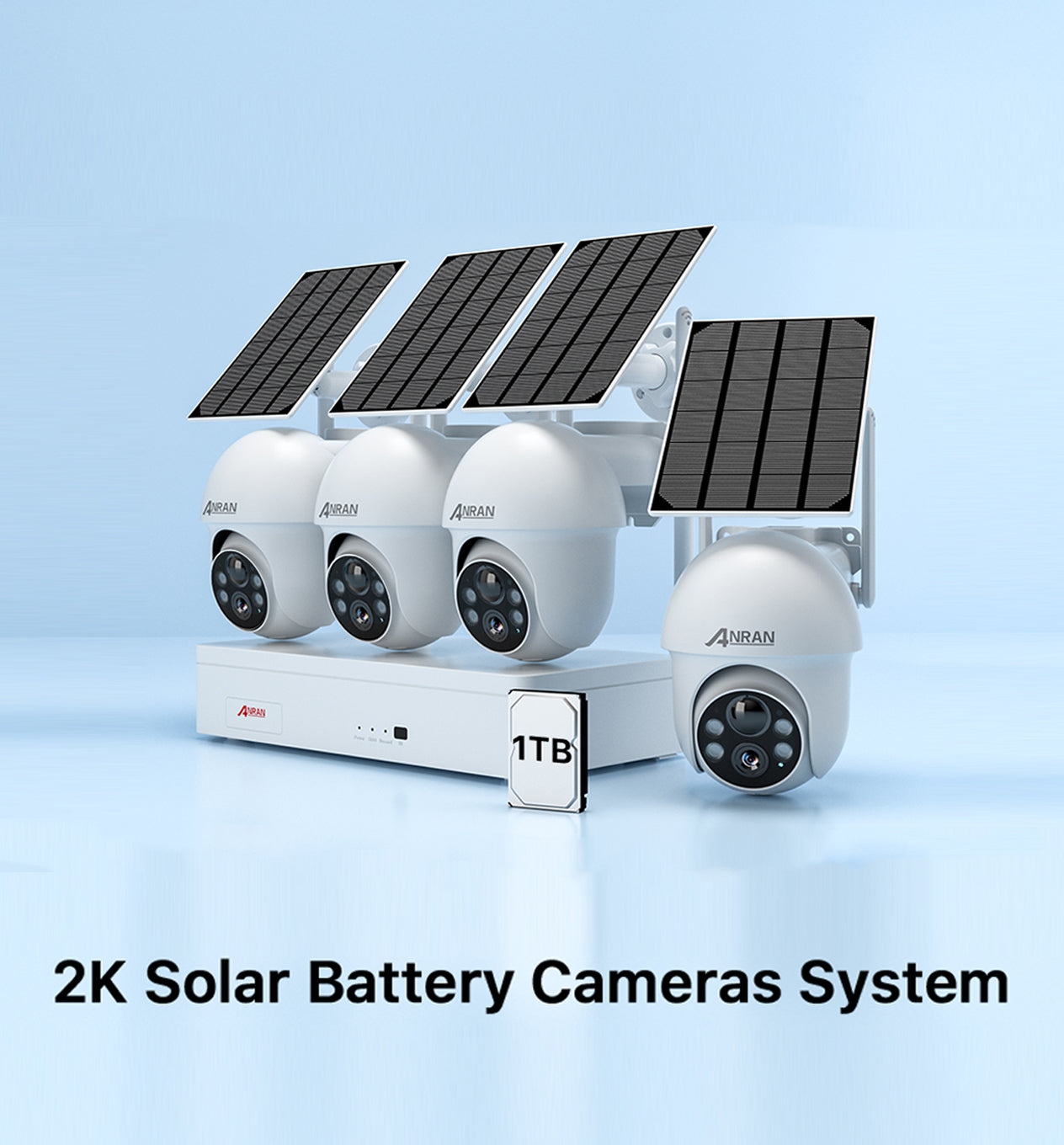Unlock the Secrets of Wireless CCTV: Your Ultimate Guide to Smart Security Solutions!
In today's fast-paced world, ensuring the safety and security of our homes and businesses has never been more critical. Wireless CCTV cameras have surged in popularity, offering a modern solution to traditional security challenges. These innovative devices allow you to monitor your premises without the hassle of extensive wiring, providing flexibility and convenience. As the demand for effective surveillance grows, understanding the features, benefits, and setup of wireless CCTV cameras becomes essential. In this guide, we will delve into these aspects and compare them with their wired counterparts, helping you make informed decisions about your security needs.

Understanding Wireless CCTV Cameras
Wireless CCTV cameras are surveillance devices that transmit video footage over Wi-Fi, eliminating the need for cumbersome cables. Unlike traditional wired cameras that require physical connections to a recording device, wireless models communicate via radio signals. This technology provides greater flexibility in camera placement and accessibility to live feeds from anywhere with an internet connection. The growing trend of smart homes has made wireless CCTV systems a popular choice, allowing seamless integration with other smart devices. As a result, users can enjoy the convenience of monitoring their properties in real-time through their smartphones or tablets, enhancing overall security.
Key Features of Wireless CCTV Cameras
When considering wireless CCTV cameras, several key features stand out. High-definition video quality is crucial for capturing detailed images, especially during critical moments. Night vision capabilities ensure that surveillance continues even in low-light conditions, providing round-the-clock security. Motion detection is another essential feature, alerting users to any unusual activity. Many wireless systems also offer remote access, allowing you to monitor your property from anywhere via a smartphone app. Furthermore, cloud storage options enable users to save and retrieve footage easily, ensuring that important evidence is always accessible. These features collectively enhance the effectiveness of wireless CCTV cameras, making them a formidable tool for security.
Benefits of Choosing Wireless CCTV
Choosing a wireless CCTV system presents numerous advantages. One of the most significant benefits is ease of installation. Without the need for extensive wiring, users can set up their cameras quickly and with minimal effort. This flexibility in placement allows for strategic positioning to cover blind spots effectively. Additionally, wireless systems are highly scalable; you can easily add more cameras to your network as your security needs grow. In contrast, wired systems can be more challenging to expand, often requiring professional installation. The convenience and adaptability of wireless CCTV systems make them an attractive option for both homeowners and businesses.
Setup Instructions for Wireless CCTV Cameras
Setting up a wireless CCTV system is straightforward when you follow these steps. Start by selecting optimal locations for your cameras, focusing on entry points and areas requiring monitoring. Ensure that these locations have a strong Wi-Fi signal, as connectivity is crucial for functionality. Next, mount the cameras securely, following the manufacturer's guidelines. Once the cameras are in place, connect them to your Wi-Fi network through the app provided. This typically involves scanning a QR code or entering the Wi-Fi credentials. Finally, configure the settings according to your preferences, such as motion detection sensitivity and recording schedules. With these steps completed, you can enjoy enhanced security at your fingertips.
Comparing Wireless and Wired CCTV Options
When deciding between wireless and wired CCTV systems, it's essential to weigh the pros and cons of each. Wireless cameras offer flexibility and easier installation, making them ideal for those who may need to relocate or expand their systems. However, they can be susceptible to interference and may require periodic battery replacements. On the other hand, wired systems provide a stable connection and are less susceptible to interference. They also typically offer continuous power, eliminating battery concerns. However, installation can be labor-intensive and may not be feasible in some scenarios, such as rental properties. Understanding your specific needs and the environment will help you choose the best option for your security setup.
Final Thoughts on Wireless CCTV Systems
In summary, wireless CCTV cameras represent a modern, flexible, and efficient solution for enhancing security in both homes and businesses. With their advanced features and ease of setup, they cater to the evolving demands of surveillance technology. As you assess your security needs, consider the benefits that wireless systems offer, and weigh them against wired options. With the right information and tools at your disposal, you can make informed choices that will help safeguard your property effectively.






Comments